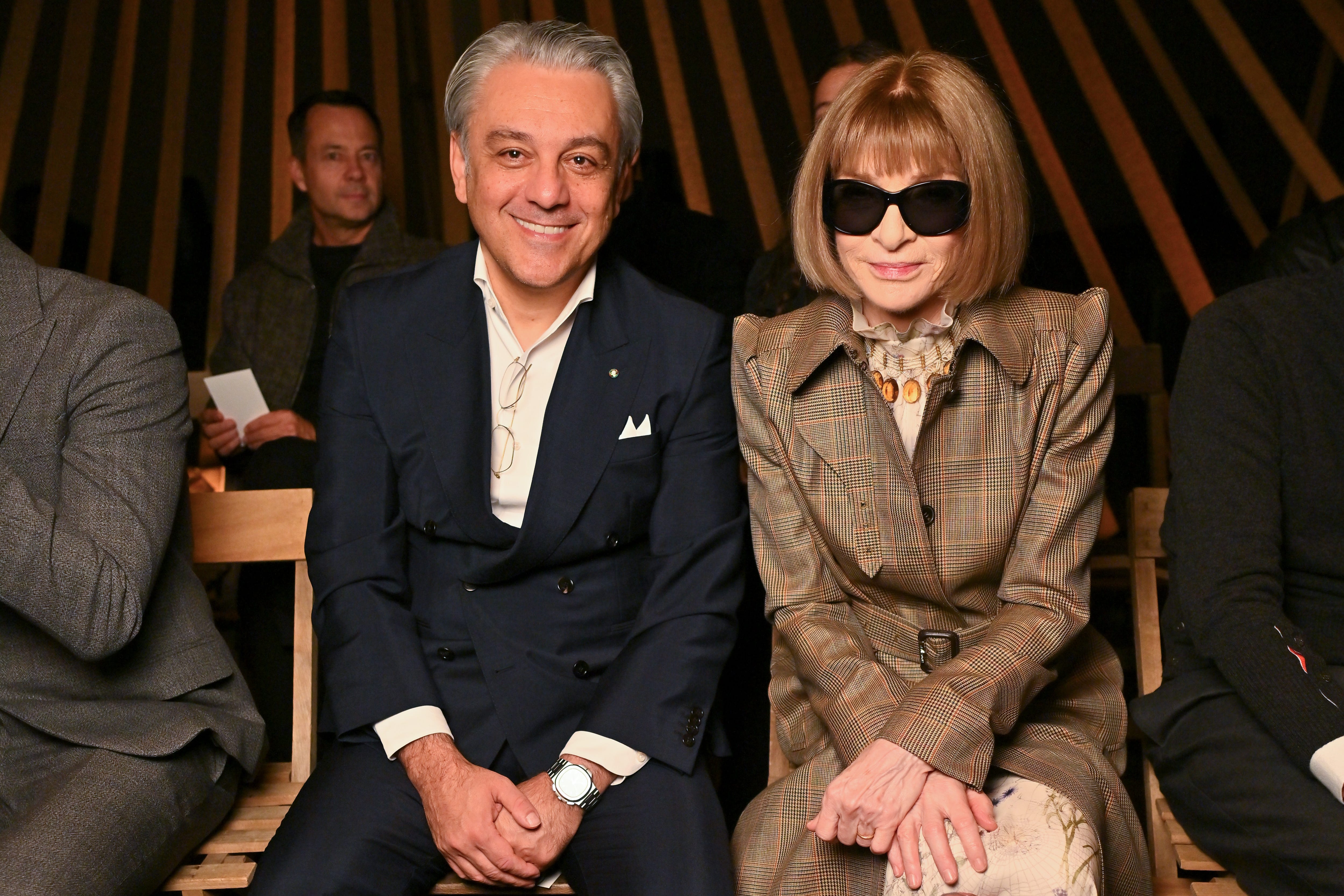Is the luxury winter over?
Relief for LVMH, a reckoning for Kering's new boss and a reality check for Ferrari.
In this week’s Dark Luxury news round-up
LVMH shares surge after easing sales decline. Is the slump over?
Gucci, Chloé, and Loewe fined €157 million for price fixing
SSENSE collapse exposes fashion’s broken economics
Private jet spending is up 66 per cent among top US firms
Art thieves look for meltdown value as gold hits record highs
Mined diamonds are ‘whatever’ in Manhattan
Is the luxury downturn over?
LVMH’s latest results hint that the luxury downturn may finally be bottoming out. Third-quarter sales in its fashion and leather goods division fell two per cent, a marked improvement from the nine per cent drop in the previous quarter. Some analysts see this as the first sign that the luxury cycle is turning, helped by steadier prices, stronger volumes and renewed creative energy. Shares jumped 14 per cent and lifted rivals from Hermès to Kering. The question now is whether this the start of luxury’s recovery, or just a pause in LVMH’s decline before the next squeeze? (FT Lex)
Not everyone agrees the worst is over. Analysts at Berenberg argue the luxury “supercycle” that powered three decades of growth has ended, and cut LVMH to hold and Kering to sell. They see a structural demand problem, not just a temporary slowdown. Weaker Chinese spending, squeezed middle-class consumers and changing habits among younger buyers are combinining to drive the shift, they say. The bank forecasts only two to three per cent annual growth for the sector in the medium term, roughly half the sector’s historic rate, and warns that valuations now look stretched after the recent relief rally. (Bloomberg News)
Luca de Meo’s fashion month

Luca de Meo’s first fashion month made one thing clear – the engineers and data analysts are in charge. In a brief Vogue Business interview, the new Gucci owner’s CEO said of his opinion of the fashion weeks, “Forgive me, but I don’t approach this from a creative standpoint... I asked the team for a quantitative analysis to assess the visibility and impact of our shows. I’m simply looking at the data objectively”. One of those running the numbers is Thomas Cuntz, a Renault veteran and new VP of talent development, reportedly nicknamed “Iznogoud”. As L’Informé put it, luxury’s “world of glitz and perfume” is now being managed by engineers”, not aesthetes. (L’Informé)
Giuseppe Marsocci has been named Armani’s new CEO, tasked with steering the brand’s growth and modernisation under the Ern group’s strategic vision. (Vogue Business)
Veronique Nichanian has stepped down as Hermès menswear artistic director after a remarkable 37 year run, prompting a search for her successor to carry forward the Hermès menswear legacy. (Business of Fashion)
Gucci, Chloe and Loewe fined for price fixing
The EU has issued a €157 million fine against Gucci, Chloé and Loewe, exposing how major luxury houses tried to rig the system by dictating what independent retailers could charge. These brands, already boasting some of the world’s highest margins in global business, forced stores to keep prices and discount windows identical to their own, effectively fixing resale prices across Europe. Regulators called it a direct attack on “genuine price competition.” No wonder the new status symbol is shifting from overpriced handbags to luxury travel, where the experience, at least, feels real. (FT)
Talking of luxury travel, global spending on luxury hospitality is forecast to hit $390 billion by 2028, up from $239 billion in 2023. Analysts warn hotels could repeat fashion’s mistakes by overbuilding and hiking prices until even first-class travellers start to feel fleeced. (Economist)
What SSENSE’s collapse tells us about the fashion business
Good on 1 Granary for publishing the full list of brands and factories left unpaid after SSENSE’s collapse. The amount of financial loss is nearly ten times larger than Matchesfashion’s liquidation last year. The piece argues this is evidence that the entire online wholesale model has turned exploitative, propped up by private equity and late payments that squeeze independent designers. Each unpaid invoice represents a small brand, factory or clothes maker financing a broken system. The article demands a new fashion infrastructure built around cooperation, fair terms and creative survival.
The creditor list itself reads like a surreal shopfront. Kim Kardashian’s SKIMS sits beside Maison Margiela, Versace and Acne Studios, next to micro-labels, one-person studios and £1 placeholder claims. Hype brands like Amiri and Fear of God share space with heritage sportswear and small jewelry makers. And then there’s the freight companies, the UK’s HMRC and Meta and Google invoices, which dwarf many brand balances. It’s the whole fashion stack in one spreadsheet. (1 Granary)
US corporate elite fly higher than ever
Median spending on private and chartered flights by the US’s 500 largest companies jumped 66 per cent between 2020 and 2024, according to Equilar data reported by the Wall Street Journal. Executives like Mark Zuckerberg, John Tyson and Ellen Gordon all logged multimillion-dollar air travel bills, even as many firms cut costs and jobs. Private jet spending has risen across nearly every major industry, turning executive air perks into a post-pandemic norm. (Sherwood News)


